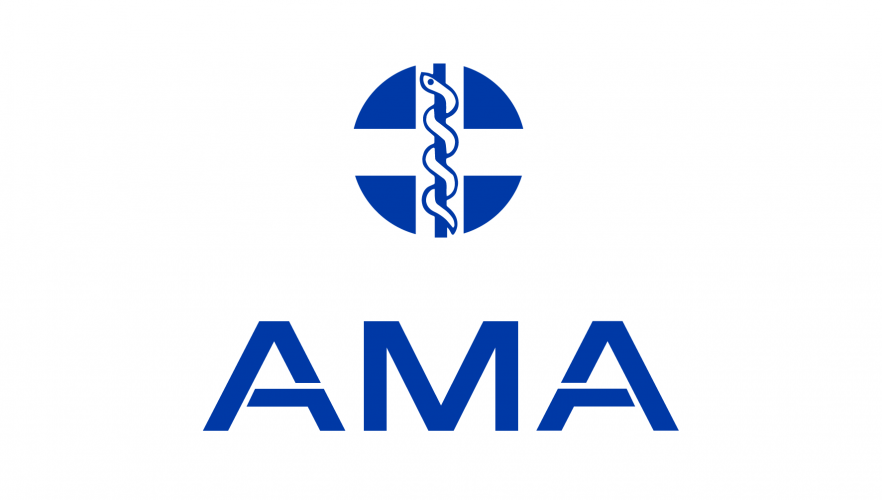AMA Communique: Statement on the National Plan to Transition Australia's National COVID-19 Response
Vaccination is key to protecting the community from COVID-19, however, Australia cannot solely rely on a vaccination strategy.

Vaccination is key to protecting the community from COVID-19 and the AMA reinforces the need for all governments to work towards the achievement of very high vaccination rates across the whole community. This should include children when the scientific evidence shows that it is safe and effective to do so.
However, Australia cannot solely rely on a vaccination strategy. Public health measures including restrictions, social distancing, and personal hygiene, alongside testing, contact tracing and quarantine must remain part of the suite of measures used to effectively manage the pandemic.
We must also work to ensure that our health system is much better prepared to deal with the growing burden of COVID-19 as we open up as well as deliver non-COVID-19 related care.
If Australia achieves very high rates of vaccination the reliance on public health restrictions can be significantly reduced and we can move to an environment, in particular, where lockdowns are no longer needed. It is a reasonable strategy for governments to keep robust restrictions in place while aiming for higher rates of vaccination as a means of protecting the community, reducing pressure on our health system, and ensuring that Australia can open up in a sustainable way.
Lockdowns are an effective tool and, while we wait for vaccination rates to significantly improve, necessary to protect our health system and the community. However, the emergence of the Delta strain has shown that it is very difficult to achieve elimination through lockdowns and we know that they come at a significant social and economic cost that is not sustainable.
The AMA welcomes the use of expert modelling and advice from the Doherty Consortium (‘Doherty’) to inform the National Plan to Transition Australia’s National COVID-19 Response (‘the national plan”).
Like all modelling, this is an aid to decision making and it will need to be reviewed and updated as the pandemic evolves and our understanding of COVID-19 continues to develop, including the impact of COVID-19 on children. Similarly, the national plan needs to remain adaptable, acknowledging that COVID-19 continues to challenge even the best public health responses around the globe and in Australia.
Achievement of the 70% or 80% vaccination targets in the national plan or the Doherty modelling cannot be regarded or promoted as being ‘freedom day’. These targets must be treated as incremental steps towards higher benchmarks that Doherty will provide further advice on.
The Doherty model shows that is possible to ease some public health measures when certain vaccination targets are achieved. The scenarios provided by Doherty also confirm that when the accompanying public health measures that are in place are insufficient and testing, contact tracing and quarantine is overloaded, Australia can expect to see very high infection numbers, an overwhelming load on our hospital system and a significant number of deaths.
AMA Federal Council therefore calls on National Cabinet to:
· Beyond the achievement of targeted vaccination rates, commit to the maintenance of sufficiently robust public health restrictions to keep the number of people going to hospital and dying at a minimum, and support the achievement of the ‘Optimal TTIQ” projections outlined in the Doherty Report;
· Approach the easing of public health measures in the national plan with caution. They must be eased progressively, with pause and assess periods to ensure that strong control of new infection numbers is maintained;
· Work to deliver equitable access to vaccines and acknowledge that vaccination targets must be achieved across all relevant age groups and demographics, including vulnerable groups such as Aboriginal and Torres Strait Islander and rural and remote communities;
· Require those jurisdictions that are dealing with significant outbreaks of COVID-19 to bring these under control by either keeping high impact public health measures in place for longer and/or easing these measures at a slower pace than other parts of the country;
· Recognise that those jurisdictions, where there is currently no community spread of COVID-19 and few or no restrictions in place, may need to reinstate some restrictions as borders open and the virus starts the circulate in the community;
· Provide more detailed advice on what public health measures would be eased or modified as each vaccination target is achieved and clearly outline what actions will be taken if infection numbers are likely to overwhelm testing, contact tracing and quarantine capacity;
· With respect to the Doherty modelling, ensure that it is reviewed and updated on a regular basis and, in relation to the transition to the final phase of the national plan, incorporates vaccination targets across all age groups and demographics including children;
· Adopt nationally consistent public health orders that mandate COVID-19 vaccinations for all health care workers and extend legal protection to employers that wish to mandate vaccination for their own workforces;
· Reach agreement on the necessary measures and funding required to boost the capacity of our health system to manage the ongoing impact of COVID-19, address the health care backlog that COVID-19 has created and meet the usual health care needs of the community.



